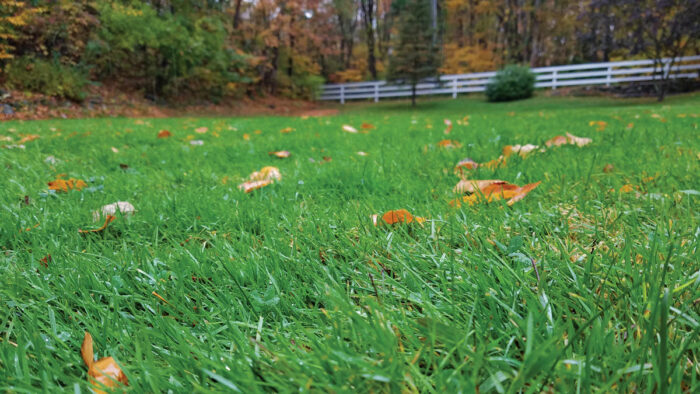
Patience is the key ingredient when creating sustainable landscapes that include lawns. The “quick and easy” approach—tilling the soil, working in amendments, rolling the soil to create a level base, and laying down sod held together with plastic mesh—is guaranteed to result in failure over time. These practices and products damage soil structure and add excessive levels of organic matter and nutrients. They also injure and kill soil biota. The mirage of a perfect lawn soon fades when nature begins to repair the damage.
Instead, gardeners can create robust, biodiverse lawns that provide space for pets, play, and relaxation by working with natural processes that protect the underlying soil. The following is a science-based approach for installing and managing a lawn that is both resilient and aesthetically pleasing.
Learn why you should be happy about fungi sprouting in your lawn: Fungi Are a Sign of Soil Health
1. Select your new sustainable plant palette thoughtfully
Before you decide what species to include in your lawn mix, think about the function of your lawn. If it is a heavily traveled area, particularly by pets or children, select the toughest grass species available. Consider tolerance not only to foot traffic but also to stressful environmental conditions such as heat and drought. Contact your state university extension office, or check out its website for species recommendations relevant to your location.
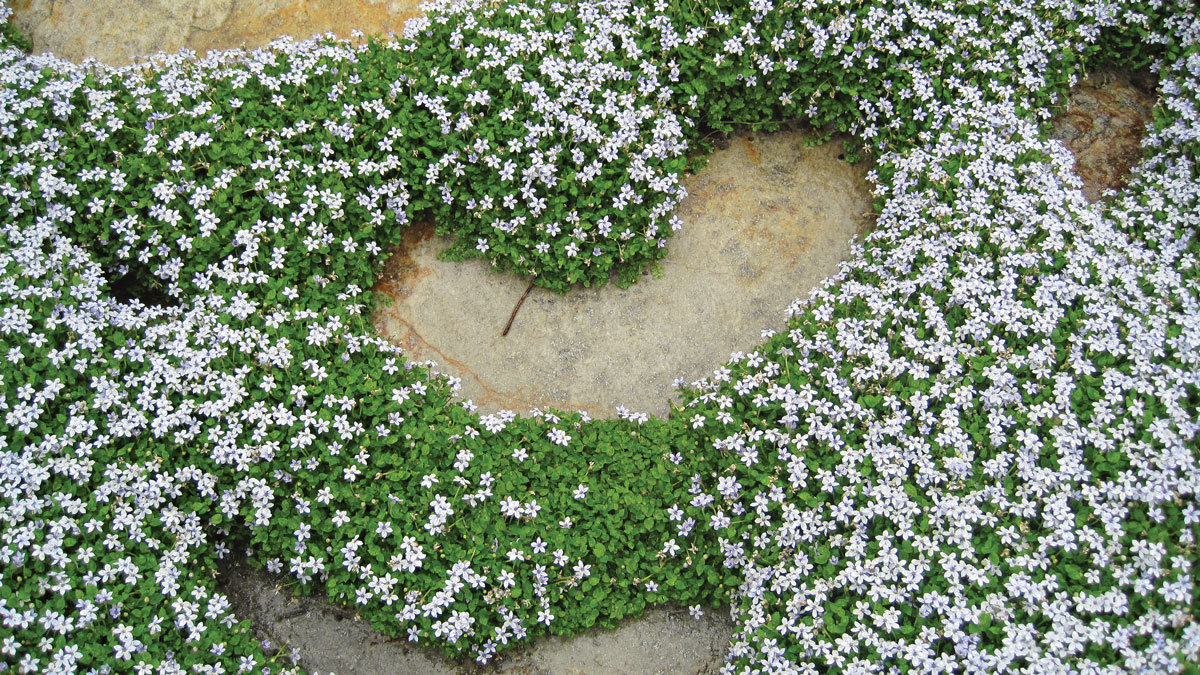
For areas that will not be heavily compacted by foot traffic, you can enjoy a more curated collection of ground covers. Adding pavers to create a meandering path helps protect more-fragile species and enhances the design. For ideas, look at older, lightly maintained lawns in your area. Besides grasses, what commonly grows there that you like?
In my location in the Pacific Northwest, we have a plethora of native mosses that happily grow where turf grass is less vigorous. How about creeping thyme (Thymus serpyllum, Zones 4–8) which can be seen above, violets (Viola spp. and cvs., Zones 3–9), or primroses (Primula spp. and cvs., Zones 4–8)?
All of these can bring beauty to your lawn as well as attract pollinators. Choose species that will remain low growing; they will tolerate mowing. A multispecies mix has greater environmental resilience—that means fewer weeds, fewer pests and diseases, and more beneficial soil organisms, insects, and other desirable fauna. See low-maintenance alternatives to lawns.
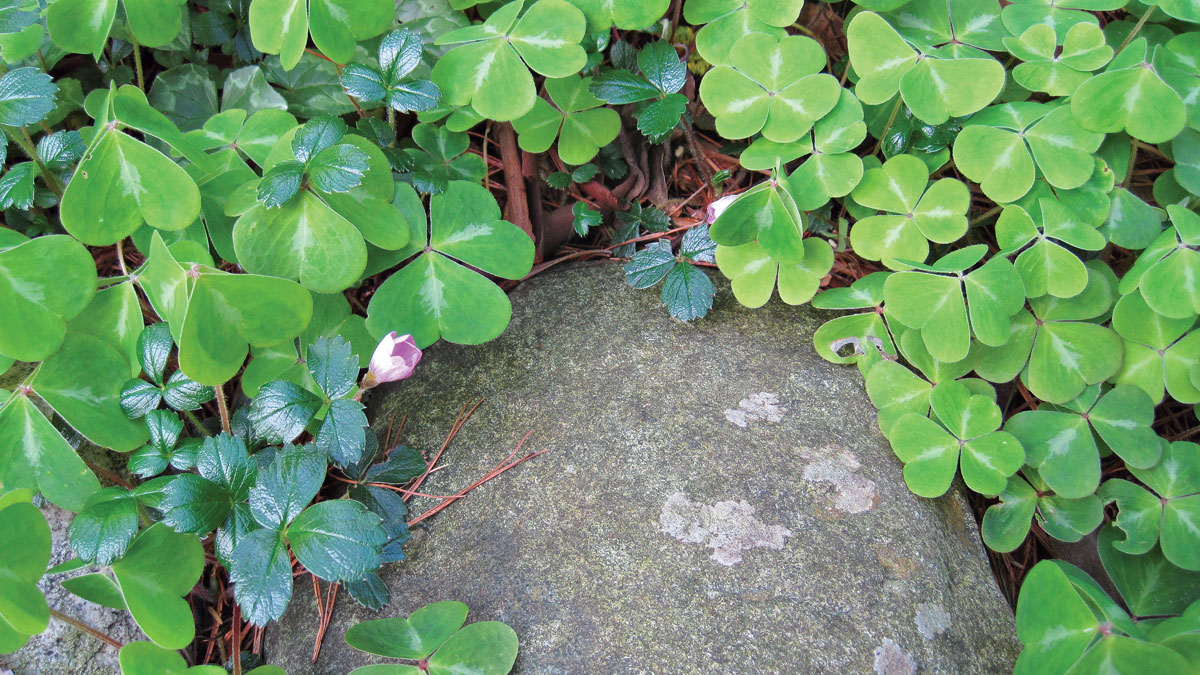
2. Preparing the soil for a sustainable lawn
Using no-till techniques for soil preparation will protect soil structure and health. It is also much less work and provides much better results. Here is my process.
- Remove all vegetation by mowing as close to the ground as possible, then cover the scalped area with an 8- to 12-inch layer of arborist wood chips—not bark. You can obtain these from any tree service. Fresh chips are preferable and give an extra nutrient boost. Doing this excludes sunlight that supports weeds without interfering with water and oxygen entering the soil.
- Leave the mulch in place until all covered plant material is dead and decomposing. Simply pull some mulch aside to check, and then replace it if more time is needed.
- Remove chips for use elsewhere in your landscape. Your soil bed is now ready to plant.
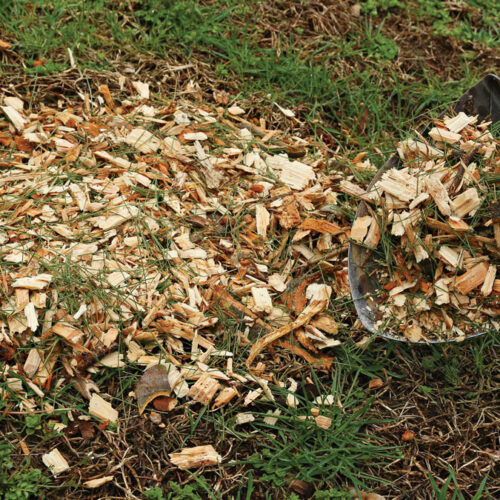 |
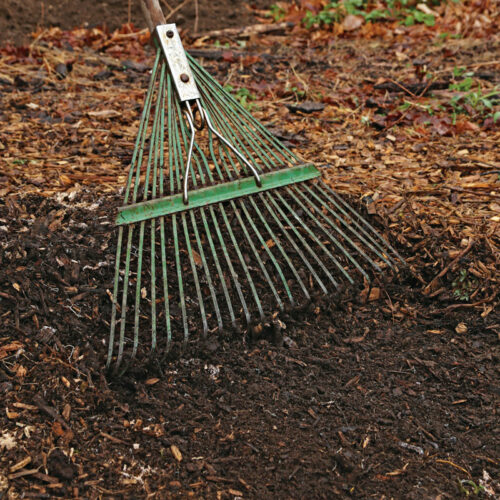 |
3. Choose seed over sod
Consider the lawns you see in older estates and parks. These lawns were established by seeding, with no rototillers, sod farms, or bags of purchased compost involved. Why not try a seeded lawn at home? Here are the steps to follow.
4. If you must use sod, keep it natural
If a seeded lawn isn’t practical for you, or if your weed seed bank (those seeds lurking in the soil) is robust, there are ways to lay a sod lawn that avoid the problems mentioned earlier.
- Choose a sod that is grown on biodegradable material, such as jute.
- Cut your own sod if you have access to an existing lawn, then reinstall it.
- Keep the sod well watered to encourage root establishment.
- Avoid walking on or mowing the sod until it is well established.
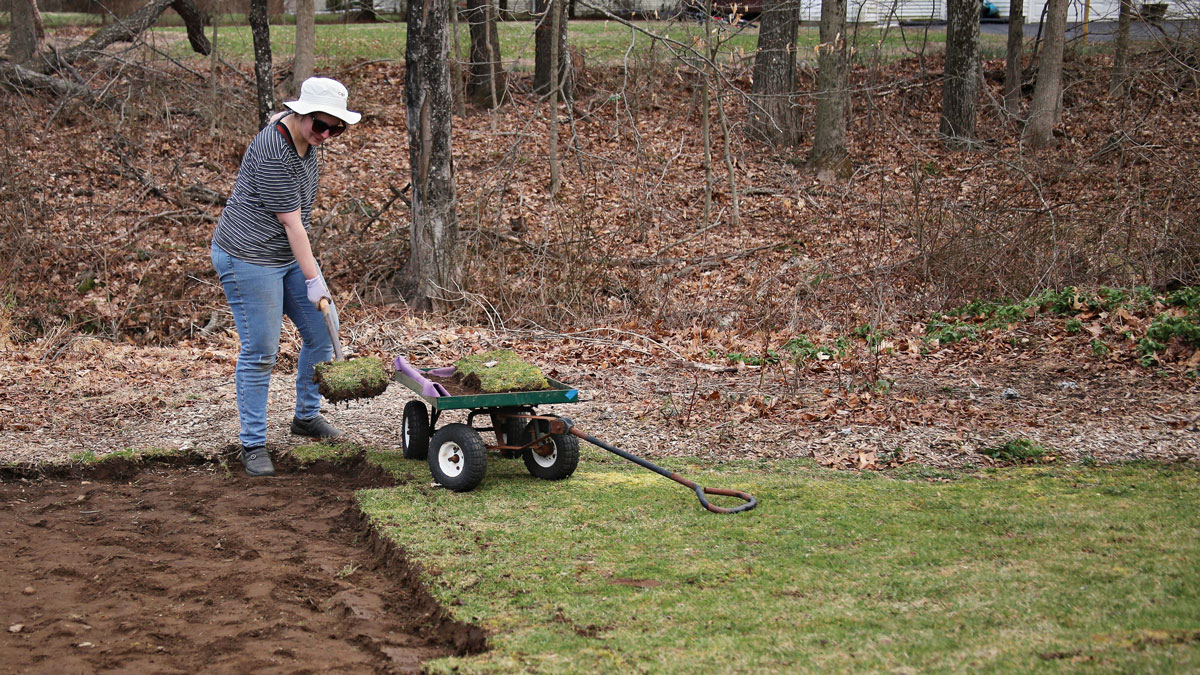

5. Follow a few dos and don’ts
Now that you have a newly established lawn to love, avoid all of those tips and tonics that are in the popular gardening multiverse. They aren’t science-based, they don’t work, and they can cause real damage to soil, plants, and the environment. We can boil down natural lawn care to some pretty standard practices.
- Don’t add fertilizer. If a soil test reveals a significant deficiency in some key nutrient, add only that nutrient and nothing else.
- Do use a mulching lawn mower. This returns nutrients to the soil.
- Don’t use pesticides of any kind. That means no fungicides, no herbicides, and no insecticides. These products disrupt the balance of the lawn ecosystem by eliminating entire groups of organisms, which invites pest and disease problems. And don’t try to get rid of those mushrooms that pop up in your lawn; they are crucial for soil and plant health.
- Do remove weeds by hand. Pull them out when you first notice them, especially noxious weeds or those that spread aggressively. At the same time, this is a good opportunity to rethink exactly what a weed is in your lawn. Some of those weeds could become part of your ground cover medley.
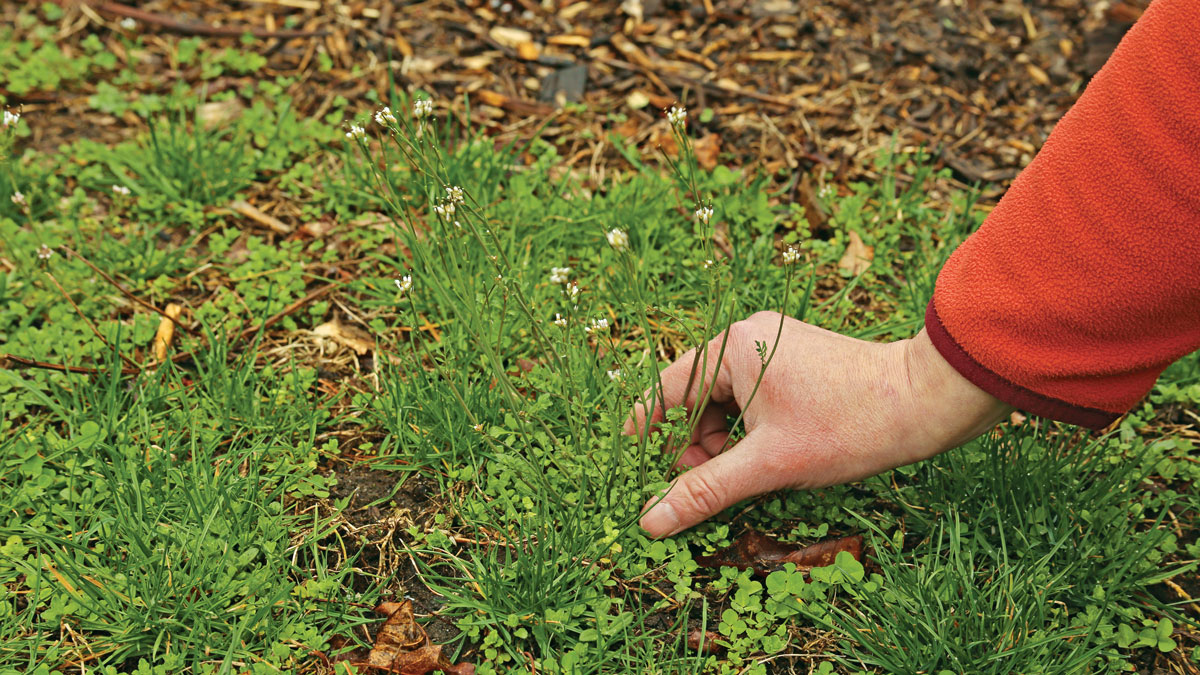
Contributing editor Linda Chalker-Scott is a professor of horticulture and an extension specialist at Washington State University in Puyallup, Washington.
Photos, except where noted: Carol Collins
Fine Gardening Recommended Products

Razor-Back Potato/Refuse Hook
Fine Gardening receives a commission for items purchased through links on this site, including Amazon Associates and other affiliate advertising programs.

Gardena 3103 Combisystem 12-Inch To 20-Inch Adjustable Metal Fan Rake Head
Fine Gardening receives a commission for items purchased through links on this site, including Amazon Associates and other affiliate advertising programs.

Ho-Mi Digger - Korean Triangle Blade
Fine Gardening receives a commission for items purchased through links on this site, including Amazon Associates and other affiliate advertising programs.




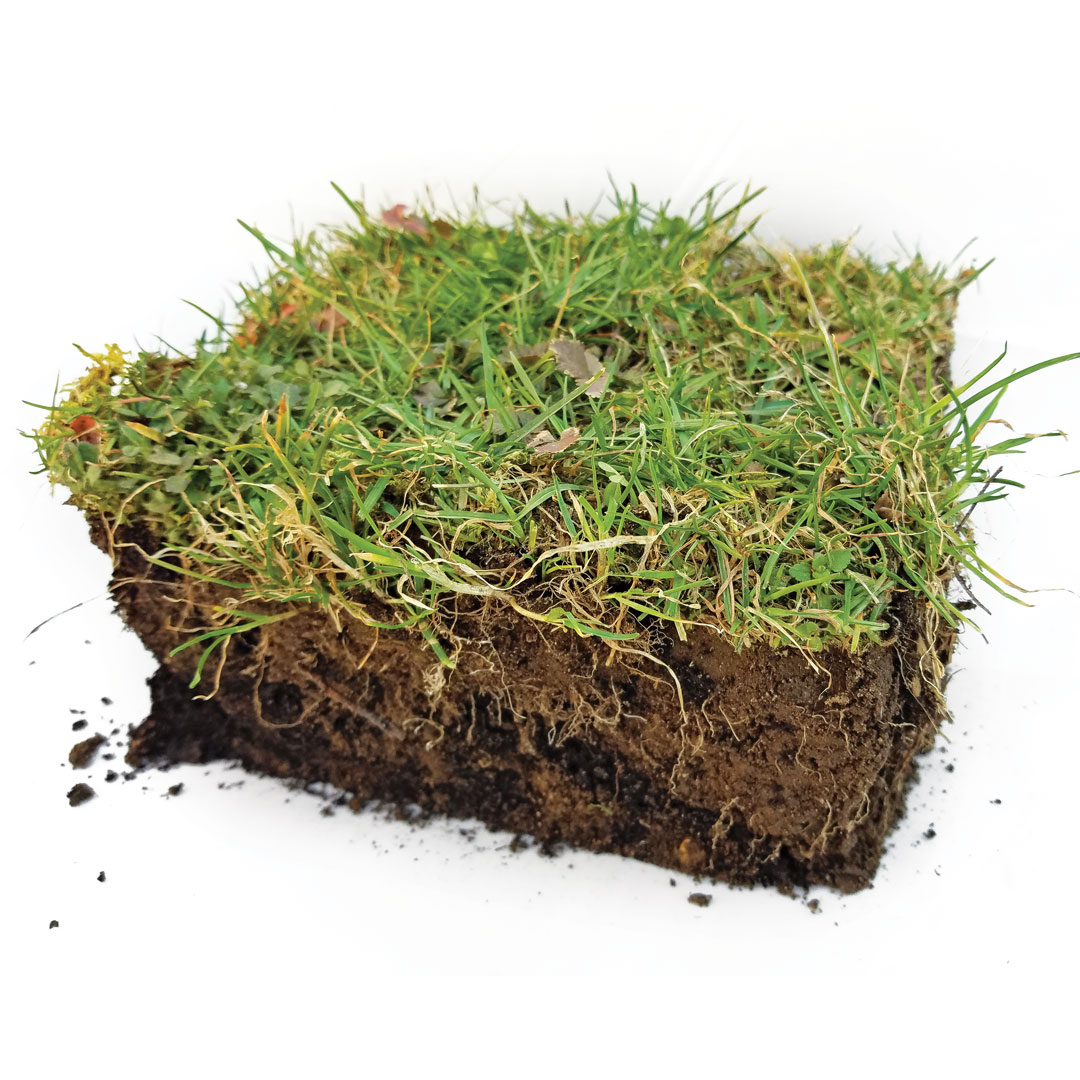


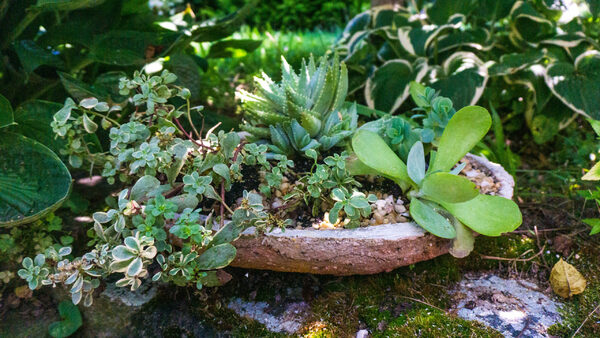














Comments
Add micro or mini clover to your lawn. Adds nitrogen and stays green longer.
Log in or create an account to post a comment.
Sign up Log in